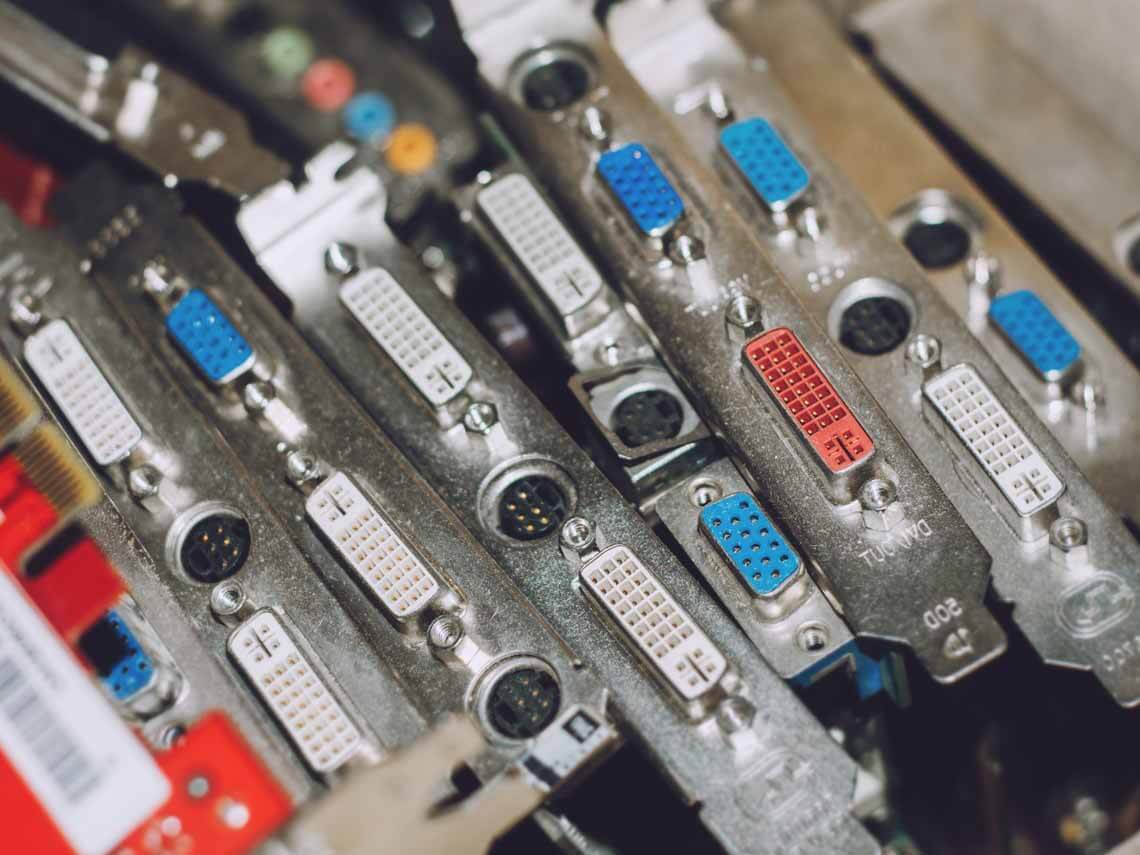You may not realize it, but the United States is facing an electronic waste (e-waste) problem. Technology such as computers, copiers, mobile devices, and monitors are becoming the fastest-growing segment of dangerous landfill items. Electronics of all sizes contain hazardous chemicals, like lead, cadmium, beryllium, mercury, and brominated flame retardants. According to the Environmental Protection Agency, only 12.5% of e-waste is recycled and properly disposed of. Electronic waste is not only a hindrance to our environment but can cause problems for businesses. That is why we have highlighted a few areas to consider when it comes to electronic disposal.
E-Waste Contaminates Landfills
When not properly disposed of, technology finds its way into landfills. As a result, these devices have a high risk of polluting the air, contaminating the soil, and affecting our water sources. According to Money Crashers, the water toxicity in Guiyu, China stems from technology contaminating their drinking water. 82% of villagers tested positive for lead poisoning and as a result, must ship water in from other towns.
Donating electronic equipment can also contribute to the problem of disposal. According to a 2008 study by the U.S. Government Accountability Office, some e-waste recyclers simply ship the used technology to third-world countries claiming that these “donations” will bring technology to their nations. However, many of these countries have inferior disposal practices and endanger their environment instead.
How E-Waste Can Affect Business
Not only is electronic waste a problem for our environment, but it can hinder businesses as well. Risk management teams are often unsure of what to do with highly sensitive or data-laden equipment. As a result, offices will either stockpile their old tech, converting it into a “forever” inventory problem, or they simply toss their electronics in the trash. What they might not realize is that not only are they contributing to the e-waste problem, but they may be risking the data stored on the systems.
Furthermore, by creating this forever inventory and delaying their decision making, they risk:
- Cost of space, storage, and auditing
- Opening themselves up for theft or damage
- Loss of any remarketing value
- Lack of oversight due to personnel changes
- Opportunity for an unrecoverable data breach
What You Can Do with Your E-Waste
Before you throw away your old equipment, find a responsible recycler. This will ensure your devices are properly recycled and not simply shipped away to become another country’s problem. Another solution may be to repurpose the electronics. When devices are simply thrown away, the ability to repurpose them is gone as well. Much like a car, these devices can be taken apart, providing raw materials to be repurposed in manufacturing plants.
Dispose of Your E-Waste with Kobargo
At Kobargo, we assist clients in disposing of IT equipment in a secure, environmental-friendly way. Furthermore, we will destroy embedded data on end-of-life devices to ensure you are safe from any breaches. Contact us today to learn how we can help you safely dispose of your e-waste.




